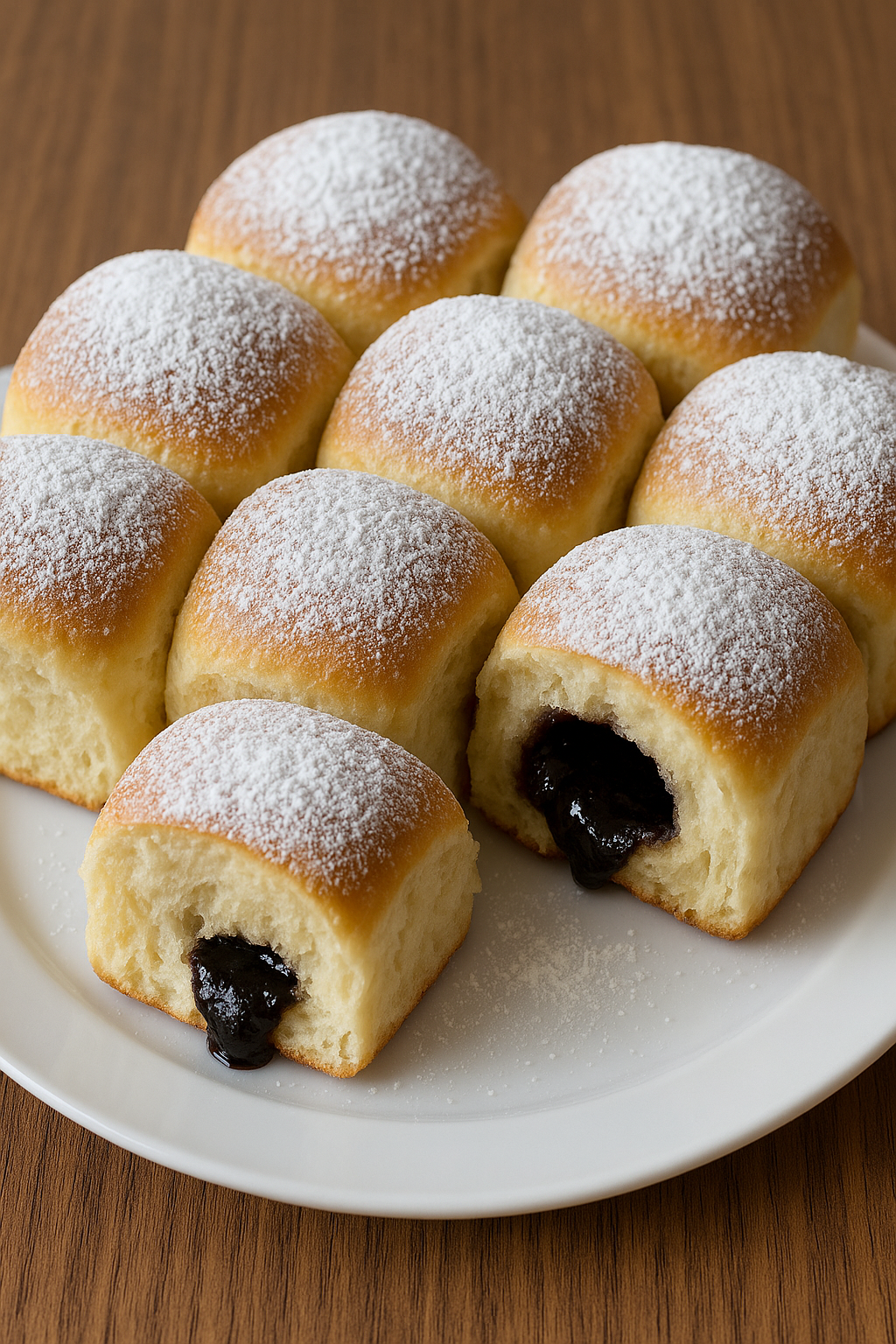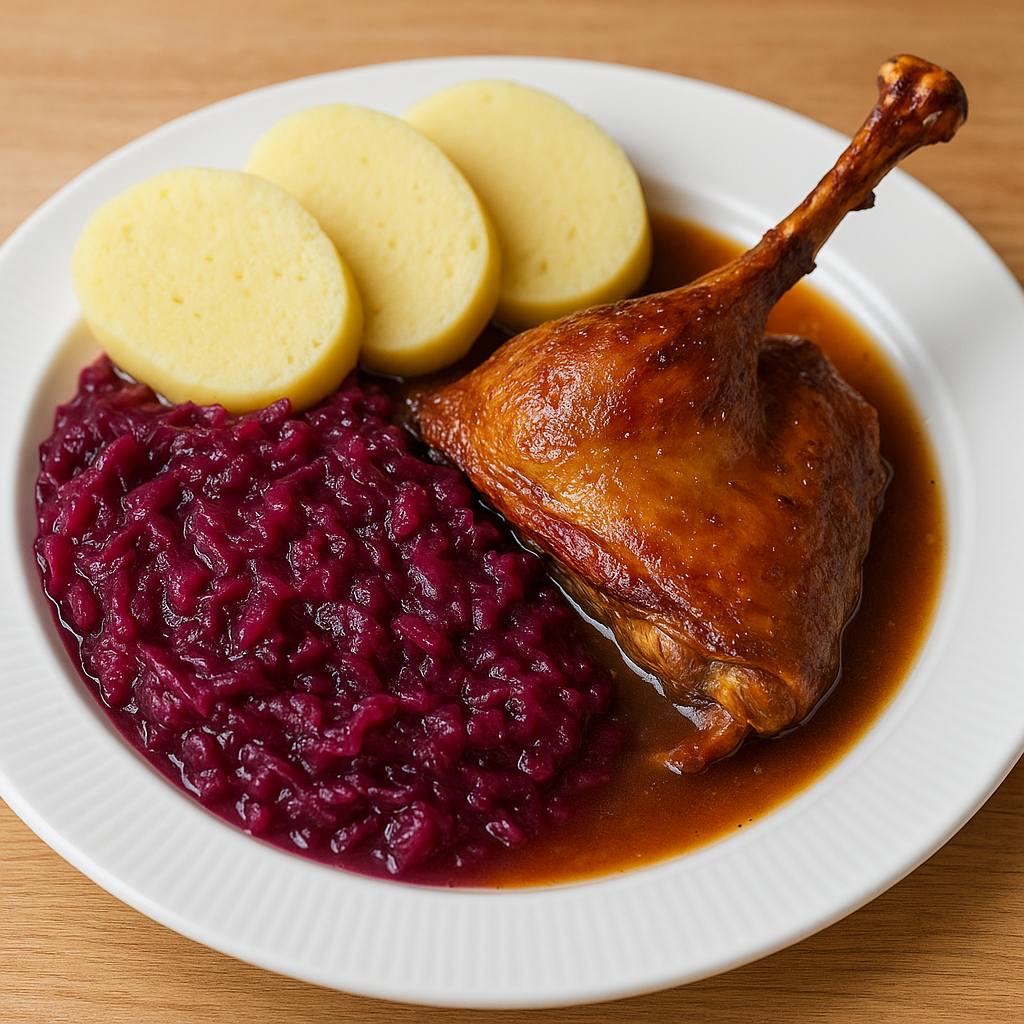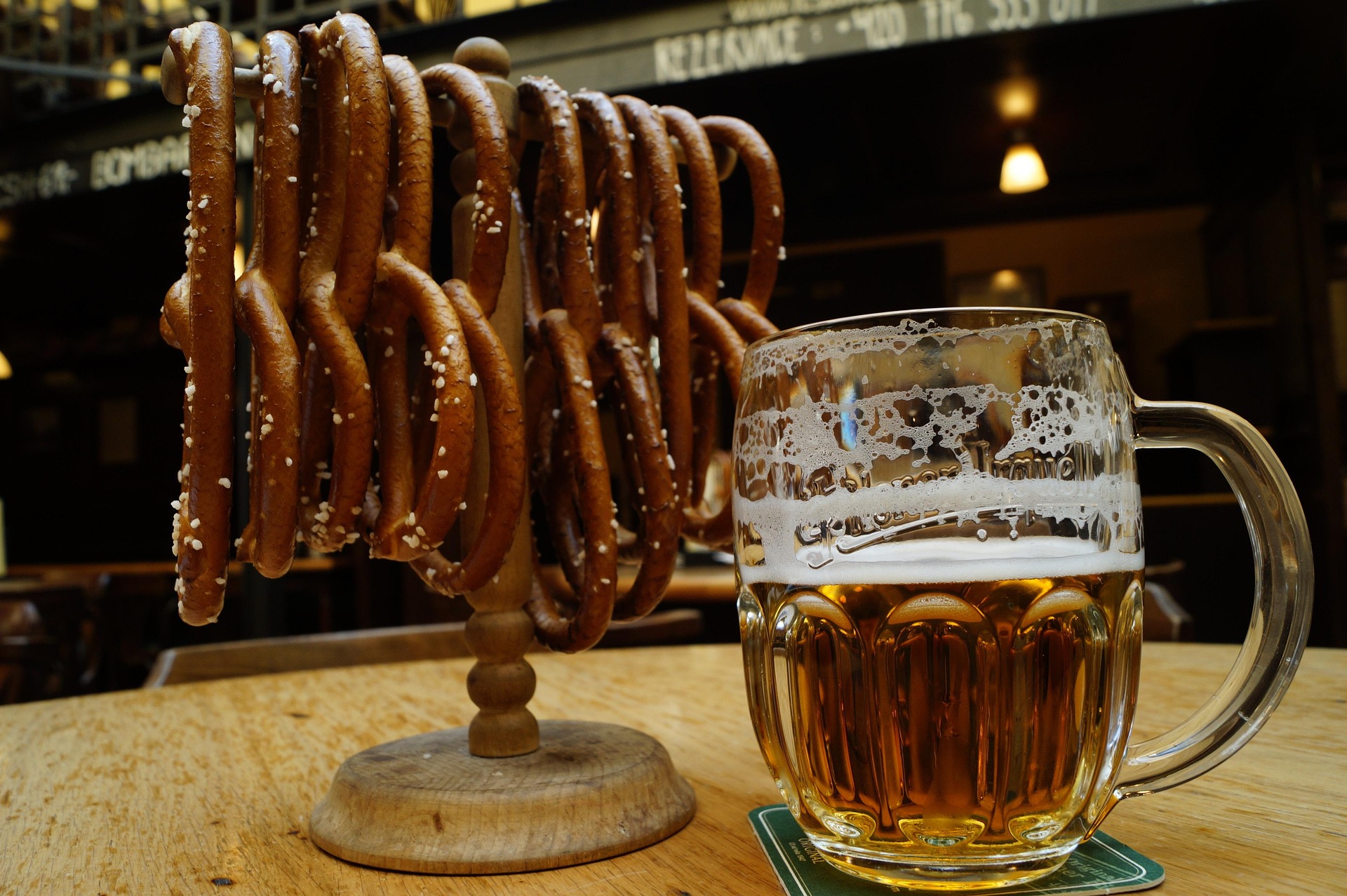
Discovering Czech Cuisine: A Journey Through Tradition, Flavor, and Regional Heritage
Why these Czech foods are so dangerously delicious
Czech cuisine is one of Europe's most underrated treasures. Rich, hearty, comforting and deeply rooted in centuries-old traditions, it reflects the history, climate, and life of the people who created it. While Czechia shares cultural influences with Austria, Hungary, and other nations of the former Austro-Hungarian Empire, its food developed a character all its own. Some dishes appear across Central Europe — but many of the most beloved meals can be found only in Czech kitchens.
For travellers curious about experiencing Czechia beyond Prague's postcard views, exploring its food is one of the best ways to understand the country's culture. Here is a delicious introduction to Czech cuisine, its origins, its unique dishes, and the regional specialties that make this small country a genuine culinary adventure.
The Roots of Czech Cuisine
Traditional Czech food is built on ingredients that were available to ordinary people for centuries. Pork, goose, duck, lamb, potatoes, grains, legumes, and seasonal vegetables formed the backbone of daily cooking. In many regions, freshwater fish and game also played a major role, thanks to the country's forests and famous network of medieval fishponds.
What makes Czech cuisine special is the way these simple ingredients are transformed into creative, flavorful and surprisingly complex dishes. Many recipes require patience, skill, and long preparation — one of the reasons truly authentic Czech restaurants outside Czechia are rare but highly valued.

The Czech Love for Soups
A traditional Czech meal usually begins with a bowl of soup, and the variety is astonishing. From clear meat broths served with noodles or liver dumplings, to thick creamy vegetable soups, Czech kitchens have perfected the art of warming comfort food.
One soup stands out:
Krkonošské kyselo, a tangy and rustic specialty from the Krkonoše mountains. Made from sourdough starter, dried mushrooms, potatoes, and eggs, it's unlike anything you'll find elsewhere in the world.
Sauces: The Heart of Czech Cooking
If there is one thing that defines Czech cuisine, it's sauce — rich, creamy, aromatic sauces that turn simple roasted or stewed meat into unforgettable main courses.

Some classics you'll find on almost every Czech menu include:
Svíčková na smetaně – marinated beef in a velvety cream sauce, served with bread dumplings
Rajská omáčka – tomato-based sauce with a sweet touch
Koprovka – creamy dill sauce, surprisingly addictive
Alongside these, Czechs adore roasted meats such as goose or duck, often seasoned simply with caraway and garlic. And of course, Czech cuisine adopted and reinvented beloved dishes from neighbouring countries — like the Viennese-style schnitzel and Hungarian-inspired goulash.
Dumplings: A Czech Signature
No other country treats dumplings quite like Czechia. Bread dumplings and potato dumplings are an essential part of the national cuisine, and their unique taste comes partly from a special type of flour produced specifically for this purpose. Paired with rich sauces, roasted meats or sautéed cabbage, dumplings are the warm, comforting soul of Czech cooking.
Cabbage, either fresh or pickled in a sweet-and-sour brine, completes many traditional meals, adding a perfect balance of acidity and flavor.

Potatoes, Pancakes and "Bramborák"
Potatoes are another cornerstone of the Czech kitchen. Whether mashed, boiled, baked or grated, they appear in countless dishes — including the famous bramborák, a crispy fried potato pancake with garlic and marjoram. Simple but irresistible.
Czech Desserts: A Sweet Finale
No Czech meal is complete without a proper sweet ending. Some classics include:
Fruit dumplings filled with plums, apricots or strawberries
Bramborové šišky with poppy seeds
Traditional koláče filled with poppy seed, tvaroh cheese or jam
Apple strudel, brought centuries ago from the Austrian kitchen
Povidlové buchty, soft sweet buns filled with plum jam
For many Czechs, these desserts are more than food — they're childhood memories.

Seasonal Traditions and the Czech "Zabijačka"
Czech food culture is deeply connected to the seasons and to religious holidays. Christmas and Easter come with their own special menus — from fried carp and potato salad to sweet Easter breads.
One of the most iconic traditions is the zabijačka, a winter pig slaughtering ritual that turns an entire pig into a wide range of dishes: jitrnice, jelita, black pudding, broth, pork cracklings, and the famous tlačenka. These dishes are so beloved that many restaurants serve them all year round.
Regional Specialties Across Czechia
Each part of the country has its own culinary highlights:
South Bohemia
Freshwater fish dishes, carp, and kuba, a festive barley and mushroom dish.
Valašsko (Beskydy Mountains)
Brynza dumplings, roasted mutton, hearty soups, and the famous sweet frgál pastries.
South Moravia
Game dishes and sweet pastries like trdelník, traditionally baked over an open fire.
Chodsko
Known for its richly decorated traditional koláče.
Pardubice
Home of Czechia's most unique gingerbread (perník).
Olomouc
World-famous Olomoucké tvarůžky, a pungent cheese loved by food adventurers.
Prague
Renowned for its Prague-style cooked ham, enjoyed by gourmets around the world.
Why Czech Food Belongs on Your Travel Itinerary
Food is one of the deepest expressions of a nation's culture. To understand Czechia — its history, traditions, people and regions — you need to taste it.
Whether its a plate of svíčková, a warm koláč, a crispy potato pancake or a bowl of mushroom soup, Czech cuisine offers a flavour journey that is comforting, authentic and unforgettable.
So when you explore Czechia, don't just visit castles and cute towns.
Sit down, enjoy a traditional meal, and discover the country one bite at a time.